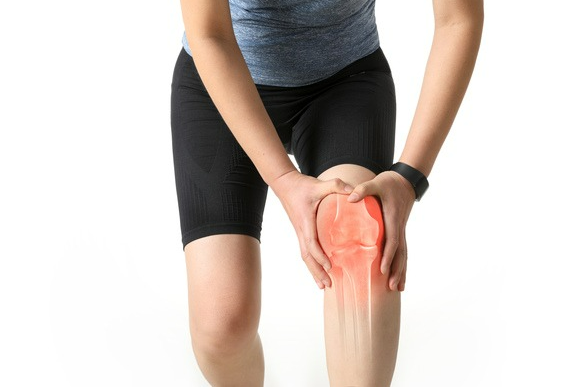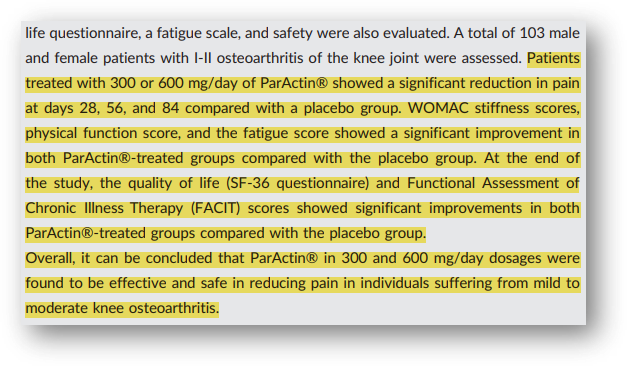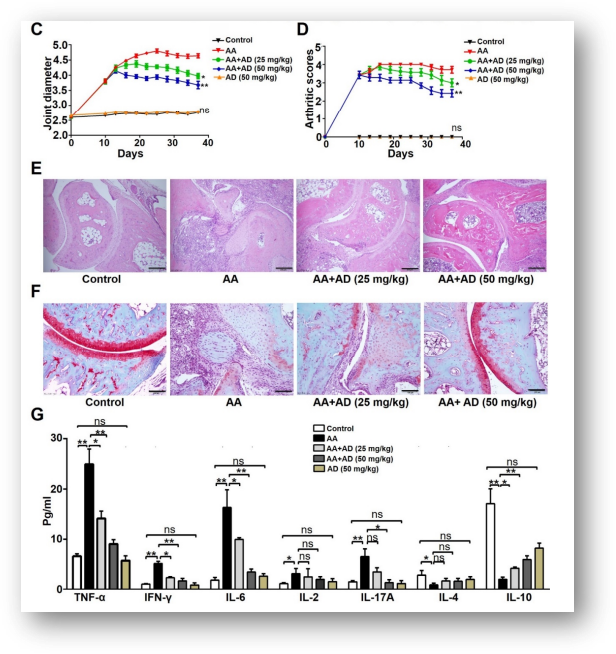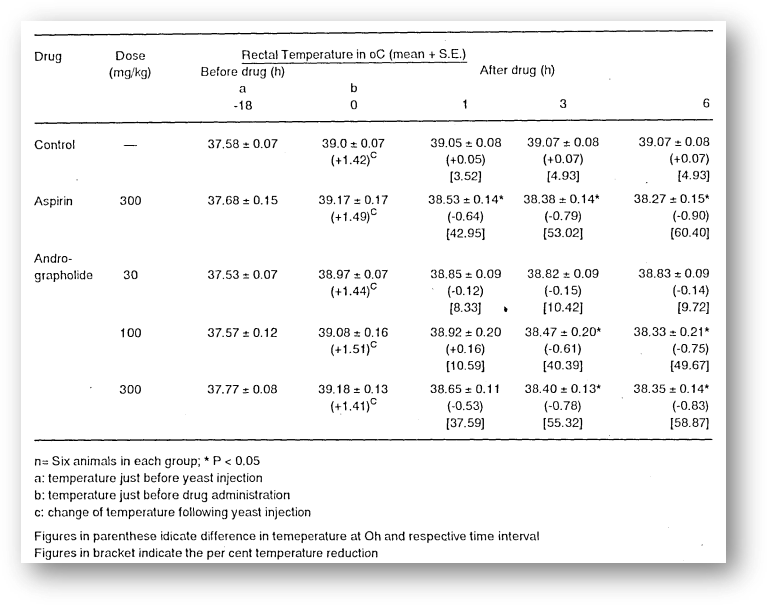Pharmacist who reads papers
A natural anti-inflammatory analgesic, it is Tianqiang Lotus Extract.
. Rheumatoid arthritis improvement

Hello. I'm a pharmacist Jinny.
Remember the ad copy that says, "Headaches, toothaches, and menstrual cramps," right? 'OO Lenol', which caused a shortage at the height of the novel coronavirus epidemic, is also a very familiar product to us. As such, the medicine that we take most often and easily in our daily lives is definitely the anti-inflammatory analgesic.
Since it is used for various symptoms such as colds, body aches, arthritis, back pain, muscle pain, and headaches, it is also a medicine that is commonly taken by young children and elderly patients. In particular, since anti-inflammatory analgesics are the main ingredient in arthritis medications that are taken on a daily basis, many elderly people who take prescription medications for joint problems may be taking two or more types of anti-inflammatory drugs for a long time.
As such, they are commonly and used for a long time, so anti-inflammatory drugs are also a group of medicines with many cases of side effects. Acetaminophen, the main ingredient of OO lenol, has the side effect of hepatotoxicity, and aspirin · Ibuprofen · Nonsteroidal anti-inflammatory drugs (NSAIDs), such as naproxen, may cause gastritis, gastric ulcers, gastric bleeding, kidney bleeding, and may increase the risk of cardiovascular disease.
However, many people also suffer from the side effects of anti-inflammatory drugs and are unable to stop taking them due to chronic pain. Today, I would like to introduce you to an ingredient that can help these people. It is a functional ingredient for joint health recognized by the Ministry of Food and Drug Safety and a natural analgesic anti-inflammatory drug traditionally used to treat infections, namely ParActin®.
As I mentioned earlier, a large amount of anti-inflammatory analgesics · The most common long-term use factor is arthritis. In particular, osteoarthritis, also called degenerative arthritis, occurs more than 60% of people over the age of 65 [1]. It is an inflammatory joint disease that damages the articular cartilage, and it is known that local pain in the inflamed joint appears initially, and then persistent pain appears regardless of movement as the disease progresses.
Due to the lack of definitive drugs to prevent or treat osteoarthritis, the most common treatment for osteoarthritis is through nonsteroidal anti-inflammatory drugs (NSAIDs). However, nonsteroidal anti-inflammatory drugs not only carry the risk of pharmacological side effects, but also interfere with the synthesis of glycosaminoglycans, which make up skin tissue and cartilage, and may have an adverse effect on the repair or treatment of cartilage degenerated by osteoarthritis [2].
For this reason, research is continuously being conducted in the academic community to find effective alternatives, and one ingredient that has recently shown significant results is ParActin®. In 2019, Hancke, J. L., and colleagues reported a significant reduction in pain following the supplementation of Paractin® extract in a clinical trial of 103 osteoarthritis patients [3].

"At 28 days after taking ParActin®, there was a significant improvement in pain compared to the placebo group, and there was also a significant improvement in joint stiffness, physical function, and fatigue. ... Overall, we can conclude that both ParActin® 300 mg/day and 600 mg/day are effective and safe in reducing pain in individuals with mild to moderate osteoarthritis."
Rheumatoid arthritis, which is the second most common chronic arthritis after osteoarthritis and the most common cause of inflammatory arthritis, is also a significant pain and can be used with large doses of anti-inflammatory drugs. It is a major disease that causes long-term use. Rheumatoid arthritis is a chronic inflammatory disease characterized by a persistent inflammatory response of the synovial membrane of the joint, and it is known that in 50% of patients who develop it, they will have impairment of daily living as the disease progresses [4].
Despite the fact that it is a serious disease that can reduce the patient's quality of life and cause social and economic losses due to pain, fatigue, and depressive symptoms, there is no single treatment that can be applied to all patients with rheumatoid arthritis, and there is no method of prevention or cure, so treatment is generally aimed at reducing pain and maintaining physical function [5].
In the case of ParActin®, the benefits for rheumatoid arthritis were reported earlier than the benefits for osteoarthritis. As early as 2009, Burgos, R. A, et al., et al., in a clinical trial involving 60 patients with rheumatoid arthritis, reported significant symptom improvement following the supplementation of ParActin®, and Li, X., Yuan, et al. (2019) elucidate the mechanism by which ParActin® improves rheumatoid arthritis [7].

"This study investigated the anti-arthritic mechanism of sacralia extract in a rheumatoid arthritis induction model, and our results show that it alleviates arthritis by promoting neutrophil cell death and inhibits autophagy-dependent NETosis of neutrophils. These findings suggest that it has significant pharmaceutical potential for the treatment of rheumatoid arthritis."
As explained above, ParActin® is an ingredient that may provide significant benefits for both osteoarthritis and rheumatoid arthritis. For this reason, the Korean Ministry of Food and Drug Safety recognizes this ingredient as a functional ingredient for joint health. However, the reason why I describe it as a 'natural analgesic anti-inflammatory' is because ParActin® is a great source of analgesia in inflammatory diseases. In addition to its anti-inflammatory benefits, it also has an effect on fever.
One of the first potential benefits of paractin® is antipyretic and antipyretic. As early as 1991, Thamlikitkul, V. et al. and colleagues conducted a clinical trial on 152 patients with pharyngeal tonsillitis [8] and Madav, S. and colleagues (1995) confirmed significant antipyretic and analgesic activity after 3 hours of ingestion of paractinus extract [9].

"Consumption of Tianxiang Chinensis extract showed significant (P<0.05) analgesic activity and significant (P<0.05) antipyretic effect 3 hours after administration in a fever-inducing model. In addition, aspirin induced ulcers in rats, whereas celestial heart extract showed significant (p<0.05) anti-ulcer activity."
Today, we took a look at ParActin®, which is worthy of the name of 'natural anti-inflammatory analgesic'. Similar to nonsteroidal anti-inflammatory drugs (NSAIDs) consumed as medicines, they appear to be effective against fever and pain, as well as inflammation. It has clinical studies on improving arthritis as well as respiratory infections, including sinusitis and the common cold, [10] so its use is in line with common anti-inflammatory drugs.
Furthermore, depending on the type, liver · Gastrointestinal system · Elongation · Unlike anti-inflammatory drugs, which can cause cardiovascular side effects, anti-ulcer · Improved blood circulation · Benefits of improving cardiovascular function [11] have also been reported, suggesting that it can be taken relatively safely and long-term.
However, in the case of ParActin, it is recommended that adolescents under the age of 18, pregnant and lactating women, and those planning to become pregnant should avoid taking ParActin®, according to animal clinical reports [12] that it has a contraceptive effect.
I hope you have a healthy day in body and mind. It was Jinny.
[1] Korea Disease Control and Prevention Agency's National Health Information Portal, Health Information <Osteoarthritis>
[2] Yu, G., Xiang, W., Zhang, T., Zeng, L., Yang, K., & Li, J. (2020). Effectiveness of Boswellia and Boswellia extract for osteoarthritis patients: a systematic review and meta-analysis. BMC Complementary Medicine and Therapies, 20(1), 1-16.
[3] Hancke, J. L., Srivastav, S., Cáceres, D. D., & Burgos, R. A. (2019). A double‐blind, randomized, placebo‐controlled study to assess the efficacy of Andrographis paniculata standardized extract (ParActin®) on pain reduction in subjects with knee osteoarthritis. Phytotherapy Research, 33(5), 1469-1479.
[4,5] Centers for Disease Control and Prevention National Health Information Portal, Health Information <Rheumatoid Arthritis>
[6] Burgos, R. A., Hancke, J. L., Bertoglio, J. C., Aguirre, V., Arriagada, S., Calvo, M., & Cáceres, D. D. (2009). Efficacy of an Andrographis paniculata composition for the relief of rheumatoid arthritis symptoms: a prospective randomized placebo-controlled trial. Clinical rheumatology, 28(8), 931-946.
[7] Li, X., Yuan, K., Zhu, Q., Lu, Q., Jiang, H., Zhu, M., ... & Xu, A. (2019). Andrographolide ameliorates rheumatoid arthritis by regulating the apoptosis–NETosis balance of neutrophils. International journal of molecular sciences, 20(20), 5035.
[8] Thamlikitkul, V., Dechatiwongse, T., Theerapong, S., Chantrakul, C., Boonroj, P., Punkrut, W., ... & Petcharoen, S. (1991). Efficacy of Andrographis paniculata, Nees for pharyngotonsillitis in adults. Journal of the Medical Association of Thailand= Chotmaihet thangphaet, 74(10), 437-442.
[9] Madav, S., Tripathi, H. C., & Mishra, S. K. (1995). Analgesic, antipyretic and antiulcerogenic effects of andrographolide. Indian Journal of Pharmaceutical Sciences, 57(3), 121.
[10,11,12] ayakumar, T., Hsieh, C. Y., Lee, J. J., & Sheu, J. R. (2013). Experimental and clinical pharmacology of Andrographis paniculata and its major bioactive phytoconstituent andrographolide. Evidence-Based Complementary and Alternative Medicine, 2013.


![[ParActin(R)] from joint pain to fever · Until pain, 3 benefits of natural anti-inflammatory Tianxiang Lotus Extract](http://esther-mall.com/cdn/shop/articles/14.jpg?v=1733988097&width=480)
![[Gamma-linolenic Acid Benefits] Women's Health and Inner Beauty at Once, 4 Benefits of Gamma-linolenic Acid](http://esther-mall.com/cdn/shop/articles/13.jpg?v=1733987867&width=480)
![[Plant-based protein benefits] Can't get muscle? Misconceptions about plant-based proteins](http://esther-mall.com/cdn/shop/articles/15.jpg?v=1733988339&width=480)
Comments (0)
There are no comments for this article. Be the first one to leave a message!